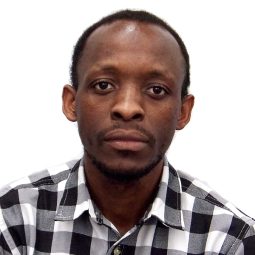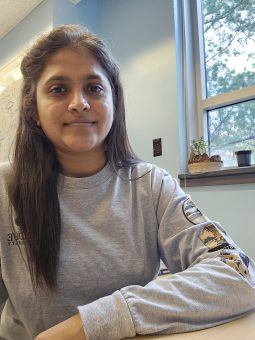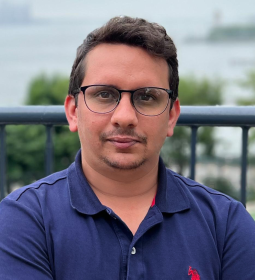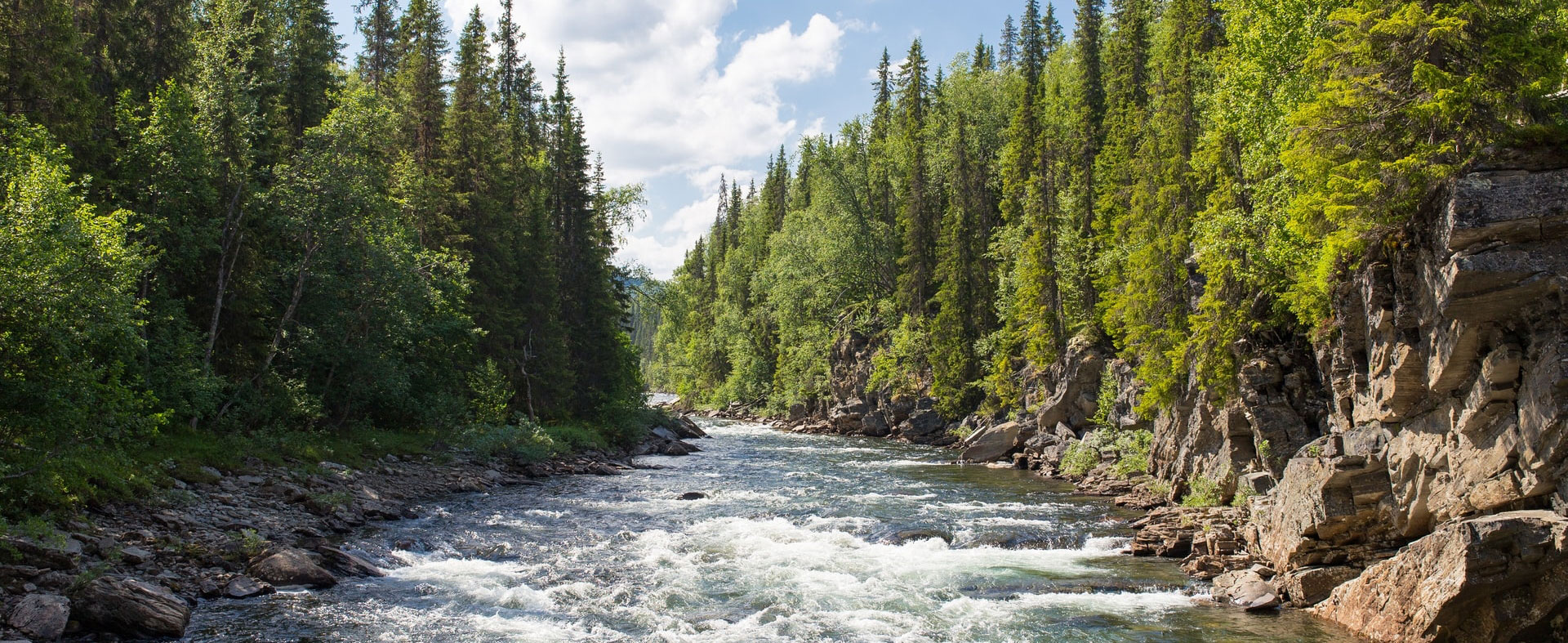April e-Newsletter Community Guest Spotlight with 2024 WaterSoftHack Fellows
Posted Apr 3, 2025
Clemson University is once again hosting the WaterSoftHack event, a two-week program designed to help participants enhance their machine learning and cyberinfrastructure skills for water science and engineering applications. Led by experts including CUAHSI's senior research hydrologist, Anthony Castronova, the workshop will provide instruction on developing open-source machine learning models and cloud computing approaches that support sustainable water practices. As the event enters its second year, CUAHSI had the opportunity to reconnect with past fellows to reflect on their experiences. Participants shared their motivations for joining the workshop, the unique training techniques they gained, and how they have since applied these methodologies in practice. They also discussed the collaborative opportunities the workshop provided and how it helped expand their professional networks within the water science community.
Meet the fellows!

Moses Kiwanuka, PhD Candidate | WaterSoftHack Fellow '24 | Earth Systems Science | Florida International University
I learned about WaterSoftHack through the CUAHSI mailing list, which I regularly follow for updates on workshops, research articles, and opportunities in water science and general hydrology. Given my background in civil engineering with a specialty in water resources and hydrology, I was particularly drawn to the workshop’s vision of democratizing access to advanced cyberinfrastructure (CI) approaches and fostering an inclusive environment for innovation. My primary motivation for applying was to enhance my competence in CI prototyping and workflow development while contributing my expertise in water resources, hydrology, remote sensing, and machine learning. As this is a three-year phased program, I knew it was the best workshop for comprehensive learning in this field.
I was able to learn new techniques I had not previously accessed, particularly in the use of HydroLang for data analytics. The first phase focused on data analytics using HydroLang for water-related data processing and visualization, which expanded my understanding of its capabilities in water resources. I have been able to utilize the different visualization techniques for large-scale remote sensing datasets in my current dissertation work on water quality monitoring using remote sensing. I’m also considering developing a web-based API for monitoring my studied parameters (chlorophyll-a, Secchi disk, and turbidity) based on the monitoring algorithms I have created using the techniques learned in HydroLang.
The workshop offered valuable opportunities for collaboration with other participants. Through hands-on projects, such as the drought study using HydroLang, I had the opportunity to work closely with other fellows from diverse backgrounds, exchanging ideas and problem-solving approaches. I’m utilizing their technical skills to support my dissertation work. This has simultaneously expanded my professional network within the water science community. Engaging with peers, mentors, and experts allowed me to establish meaningful connections that have led to continued discussions and potential collaborations.
I am eager to collaborate with like-minded researchers to develop open-source machine learning models and cloud computing solutions that can support sustainable water practices. Additionally, I look forward to engaging with the broader water science community to promote the adoption of advanced CI tools in research and education.

Srilani Wickramasinghe, PhD Candidate | WaterSoftHack Fellow '24 | Department of Earth, Atmospheric and Planetary Sciences | Purdue University
I learned about WaterSoftHack 2024 through the CUAHSI newsletter and decided to apply. At the time, I was in my third year of PhD studies, primarily working with field chemistry and isotope hydrogeochemistry tools. However, I saw great potential in broadening my research by incorporating computational methods. Most career guidance sessions I’d attended encouraged us to develop programming skills, noting that they would help us stand out in the job market.
Since I was relatively new to programming, I found the WaterSoftHack preparatory materials and the first week’s training incredibly useful. They were highly informative, teaching me easier and more time-efficient ways to acquire data from online platforms, preprocess it, and perform analysis and visualization, skills that have proven valuable in my daily research. Having a cybertraining program tailored specifically to hydrological applications was especially beneficial.
Networking opportunities were another major highlight of WaterSoftHack. I had the chance to meet and connect with students and faculty whom I can now reach out to with questions about applying computational methods to my field-based research. My network of peers in the hydrological modeling domain definitely grew after the training. Meeting them again in person at AGU last December also helped strengthen those connections.
For the capstone project, which we completed by the end of WaterSoftHack, my group developed a Turbidity Dashboard that collects and visualizes real-time turbidity data from USGS stream gauges. We successfully finished the project within the one-week timeframe. However, since everyone in our group had other research commitments, we haven’t been able to take it further or draft it into a paper or conference abstract. For future WaterSoftHack participants, I’d suggest seeing it through if you have the time—it’s a worthwhile endeavor!

Mohamed Abdelkader (He/Him) | Postdoctoral Research Scholar | WaterSoftHack Fellow '24 | IIHR—Hydroscience & Engineering | Iowa Flood Center | AHWA Laboratory
I discovered the WaterSoftHack program through a CUAHSI announcement on social media. Knowing CUAHSI's reputation as a leading consortium in hydrological science education, I was eager to participate. The program promised comprehensive training, from data analysis in the first year to machine learning and cloud computing in subsequent years, which I found incredibly appealing. This unique, progressive approach motivated me to apply, anticipating significant skills advancement.
While I was familiar with many concepts presented during the first week's training, the centralized resources provided were a major benefit. They reduced the usual hassle of navigating scattered materials, a common obstacle in research and teaching. I started referring students and colleagues that I work with to these consolidated resources.
I collaborated with a diverse team, ranging from undergraduates to a postdoc. Initially, coordinating our varied skill levels was challenging, but it proved to be valuable learning experience in task organization and leveraging individual strengths. The hackathon not only expanded my network but also led to lasting friendships. We continue to connect at conferences and through regular online meetings, sharing updates and opportunities.
The most impactful aspect was the intense, focused schedule that “forced” us to quickly learn new tools and apply them effectively. This experience taught me the importance of organization, understanding team strengths, and commitment to clearly defined goals, all crucial for achieving results in a constrained timeframe.
Our team developed codes that we shared as HydroShare resources. We presented our work, which involved a continental-scale assessment of stream water temperature variability, at the AGU Fall Meeting 2024. This research caught significant interest among academics and government scientists, due to its relevance across various fields. We are now preparing a manuscript for submission to a peer-reviewed journal.
